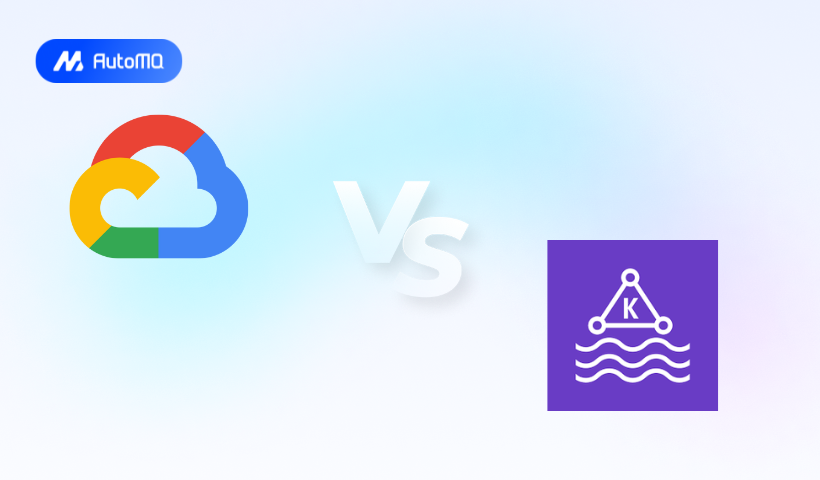Overview
In the rapidly evolving landscape of real-time data streaming, managed Apache Kafka services have become critical infrastructure components for organizations seeking to implement event-driven architectures. This blog provides a detailed comparison between Google's Managed Service for Apache Kafka and Amazon's Managed Streaming for Apache Kafka (MSK), examining their features, pricing, performance, and best practices to help you make an informed decision for your streaming data needs.
Overview of Managed Kafka Services
Apache Kafka has emerged as the dominant open-source platform for building real-time data streaming pipelines. However, managing Kafka infrastructure can be challenging, requiring specialized expertise and significant operational overhead. Managed Kafka services address these challenges by handling infrastructure provisioning, scaling, and maintenance, allowing developers to focus on application development rather than operations[6][7].
Amazon MSK and Google's Managed Service for Apache Kafka are cloud provider offerings that deliver fully managed Apache Kafka as a service. Both aim to simplify Kafka deployment while providing enterprise-grade security, scalability, and integration with their respective cloud ecosystems[9][15].
Amazon MSK
Features and Capabilities
Amazon Managed Streaming for Apache Kafka (MSK) is AWS's fully managed service for running Apache Kafka. It handles the operational complexities of provisioning, configuring, and maintaining Kafka clusters[15][18].
Key features include:
High availability : Multi-AZ deployments with automated detection, mitigation, and recovery of infrastructure failures[15]
Serverless option : MSK Serverless automatically adjusts capacity to accommodate throughput requirements without manual intervention[18]
MSK Connect : Managed service for integrating Kafka with external systems using Kafka Connect[18]
Seamless AWS integration : Native integration with AWS services like S3, Kinesis, Glue Schema Registry, and IAM[15]
Security : End-to-end encryption (in-transit and at-rest), network isolation, and fine-grained access controls[7]
Amazon MSK requires users to choose cluster size settings and manage broker configurations, although MSK Serverless has reduced some of this complexity[10]. Users note that MSK has historically been feature-poor compared to specialized Kafka providers, though it continues to improve[1][2].
Pricing Structure
Amazon MSK follows a pay-as-you-go pricing model based on:
Compute : Based on broker instance type and number of brokers
Storage : Based on EBS volume usage
Data transfer : For data transferred between AZs and regions
MSK Serverless simplifies this with consumption-based pricing tied to the actual usage of resources. According to user testimonials, MSK typically offers a more cost-effective solution compared to Confluent Cloud, especially for workloads already running in AWS[1][2].
Integration with AWS Ecosystem
MSK integrates seamlessly with the broader AWS ecosystem:
VPC networking : Private connectivity with other AWS services
IAM : For access control and authentication
CloudWatch : For monitoring and logging
AWS Glue Schema Registry : For schema management
S3 : For data archiving and integration with data lakes
Lambda : For event-driven processing
This deep integration makes MSK particularly attractive for organizations heavily invested in the AWS ecosystem[2][7].
Google Managed Service for Apache Kafka
Features and Capabilities
Google Cloud's Managed Service for Apache Kafka is a newer entrant to the managed Kafka market, announced at Google Cloud Next 2024[6][9]. It aims to simplify Kafka operations by automating cluster management, scaling, and maintenance.
Key features include:
Simplified sizing and scaling : Users specify total vCPU and RAM, and the service automates broker provisioning and rebalancing[19]
Automated management : Handles cluster creation with automatic broker sizing and rebalancing[9]
Automatic version upgrades : Keeps clusters on recent Apache Kafka versions[9]
Security : Integration with Google Cloud IAM, customer-managed encryption keys (CMEK), and VPC[9]
Monitoring : Out-of-the-box integration with Cloud Monitoring and Cloud Logging[9]
The service is designed for operational simplicity, abstracting away much of the complexity of managing Kafka clusters while providing enterprise-grade security and scalability[9].
Pricing Structure
Google Managed Service for Apache Kafka follows a pay-as-you-go model based on:
Compute : Starting at $0.09 per CPU hour
Storage :
Broker SSD: Starting at $0.17 per GiB per month
Remote storage backed by Google Cloud Storage: Starting at $0.10 per GiB per month
Data transfer : Inter-zone data transfer starting at $0.01 per GiB[9]
Integration with GCP Ecosystem
Google's Managed Service for Apache Kafka integrates with the Google Cloud ecosystem:
VPC : Secure access from any VPC, including access from multiple VPCs, projects, and regions[16]
Private Service Connect (PSC) : For flexible networking[16]
Cloud DNS : For service discovery
IAM : For access control and authentication
Cloud Monitoring and Logging : For observability
BigQuery : For analytics integration[9]
The service uses a flexible networking architecture that makes clusters accessible from any VPC securely, including multiple VPCs across projects and regions[16].
Comparison Between Services
Feature Comparison
| Feature | Amazon MSK | Google Managed Service for Apache Kafka |
|---|---|---|
| Maturity | Established service with several years in market | Newer service announced in 2024 |
| Deployment Options | Provisioned and Serverless | Managed cluster with automatic sizing |
| Scaling | Manual for provisioned, automatic for serverless | Automatic based on vCPU and RAM settings |
| Version Management | Manual upgrades required | Automatic version upgrades |
| Ecosystem Integration | Deep integration with AWS services | Integration with GCP services |
| UI Tools | Third-party tools (Conduktor, RedPanda Console) | Not specified in search results |
| Authentication | IAM, SASL/SCRAM, TLS | Google Cloud IAM, OAuth |
| Schema Registry | AWS Glue Schema Registry | Not specified in search results |
| Connect Framework | MSK Connect | Not specified in search results |
Performance and Scalability
Both services offer high performance and scalability, but with different approaches:
Amazon MSK :
Allows specific configuration of cluster size and instance types
Offers MSK Serverless for variable workloads with unpredictable scaling needs
Distributes brokers across multiple Availability Zones for high availability
Users may need to handle partition rebalancing manually[1][10]
Google Managed Service for Apache Kafka :
Simplifies scaling by requiring only vCPU and RAM specifications
Automatically provisions and scales brokers (vertical scaling up to 15 vCPU per broker)
Creates new brokers once vertical scaling limits are reached
Distributes clusters across three zones for high availability[19]
Security and Compliance
Both services provide enterprise-grade security features:
Amazon MSK :
Encryption at rest and in transit
Integration with AWS IAM for authentication and authorization
Network isolation using VPC
Support for TLS and SASL/SCRAM authentication[7][15]
Google Managed Service for Apache Kafka :
Integration with Google Cloud IAM
Support for customer-managed encryption keys
VPC integration for network isolation
OAuth-based authentication[8][9]
Ease of Management
Management complexity differs between the services:
Amazon MSK :
Requires more configuration for provisioned clusters (broker size, storage, etc.)
MSK Serverless reduces management complexity
IaC support described as "subpar" by some users[2]
Lacks native UI for management; requires third-party tools like Conduktor or RedPanda Console[3][13]
Google Managed Service for Apache Kafka :
Designed for operational simplicity with automatic broker sizing and rebalancing
Requires only specifying total vCPU and RAM for the cluster
Provides automatic version upgrades
UI capabilities not clearly specified in search results[9][19]
Best Practices and Common Issues
Deployment Considerations
When deploying either managed Kafka service, consider:
Capacity planning : Carefully plan topics, partitions, and data volumes before deployment[2]
Network architecture : Design for data locality to minimize transfer costs across regions
Authentication : Use IAM-based authentication where possible for simplified access management
Multi-AZ deployment : Ensure clusters span multiple availability zones for high availability[15]
Scaling Strategies
Amazon MSK :
Plan partition counts carefully as there are limits per broker type
Remember that storage can scale up but not down
If scaling up storage and later scaling up nodes, all nodes must have the higher storage amount[2]
Google Managed Service for Apache Kafka :
Monitor vCPU and RAM utilization and adjust as needed
Understand that brokers scale vertically up to 15 vCPU before new brokers are created
Maintain vCPU to memory ratio between 1:1 and 1:8[19]
Monitoring and Troubleshooting
For both services:
Implement comprehensive monitoring of broker and consumer metrics
Monitor consumer lag to identify processing bottlenecks
Use cloud provider logging services to capture and analyze Kafka logs
Consider third-party tools like Conduktor or Prometheus/Grafana for advanced monitoring[3][12]
UI and Management Tools
Since managed Kafka services often lack comprehensive UIs:
Conduktor : Available on AWS Marketplace, provides UI for developers to manage Kafka clusters[12]
RedPanda Console : Open-source UI for monitoring and managing Kafka clusters[13]
Prometheus and Grafana : For custom dashboards and monitoring[3]
Kafka CLI tools : For administrative tasks and troubleshooting[14]
Common Issues and Challenges
Users report several common challenges with managed Kafka services:
Cost management : Ensuring cost-effectiveness, especially for high-volume workloads[1]
Expertise requirements : Even with managed services, Kafka knowledge is still needed[10]
Connectivity issues : Particularly when connecting from outside the cloud provider's network[10]
Upgrade paths : Some services may require new cluster creation for major version upgrades[10]
Consumer group management : Issues with consumer groups during deployments[10]
Conclusion
Both Amazon MSK and Google's Managed Service for Apache Kafka offer compelling options for organizations seeking to leverage Apache Kafka without the operational overhead of self-management. The choice between them largely depends on:
Cloud strategy : Organizations already committed to AWS or GCP may prefer the native offering
Operational model : Google's service seems to offer more automation and simplicity, while Amazon's provides more configuration control
Maturity : Amazon MSK is a more established service with a longer track record
Integration needs : Consider which cloud ecosystem better aligns with your existing infrastructure
For organizations with limited Kafka expertise or seeking maximum operational simplicity, Google's approach to automated management may be appealing. For those deeply integrated with AWS or requiring specific configuration options, Amazon MSK provides a solid foundation
If you find this content helpful, you might also be interested in our product AutoMQ. AutoMQ is a cloud-native alternative to Kafka by decoupling durability to S3 and EBS. 10x Cost-Effective. No Cross-AZ Traffic Cost. Autoscale in seconds. Single-digit ms latency. AutoMQ now is source code available on github. Big Companies Worldwide are Using AutoMQ. Check the following case studies to learn more:
Grab: Driving Efficiency with AutoMQ in DataStreaming Platform
Palmpay Uses AutoMQ to Replace Kafka, Optimizing Costs by 50%+
How Asia’s Quora Zhihu uses AutoMQ to reduce Kafka cost and maintenance complexity
XPENG Motors Reduces Costs by 50%+ by Replacing Kafka with AutoMQ
Asia's GOAT, Poizon uses AutoMQ Kafka to build observability platform for massive data(30 GB/s)
AutoMQ Helps CaoCao Mobility Address Kafka Scalability During Holidays
JD.comx AutoMQ x CubeFS: A Cost-Effective Journey at Trillion-Scale Kafka Messaging
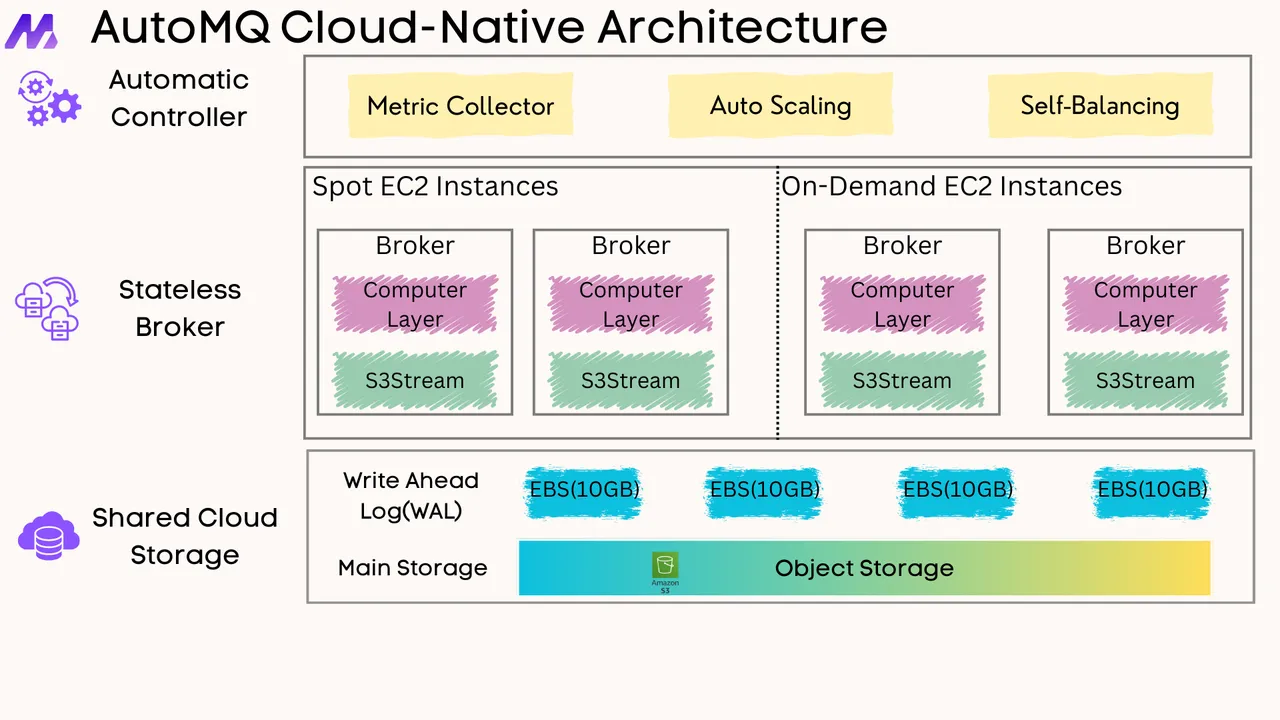





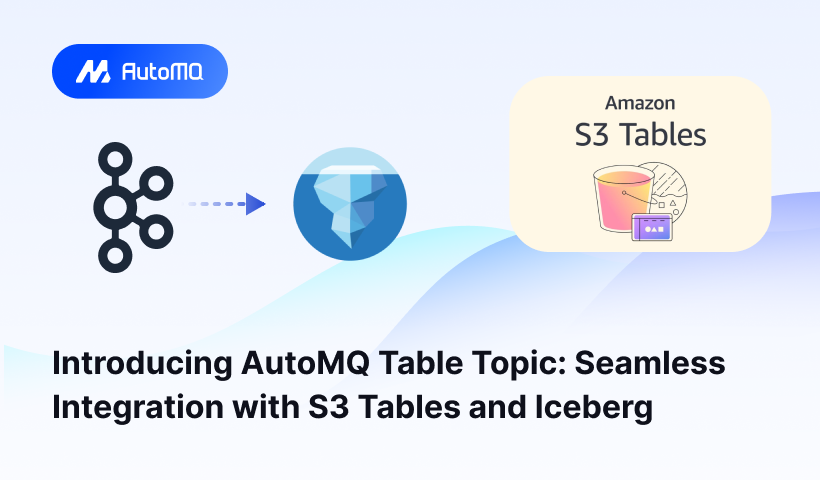
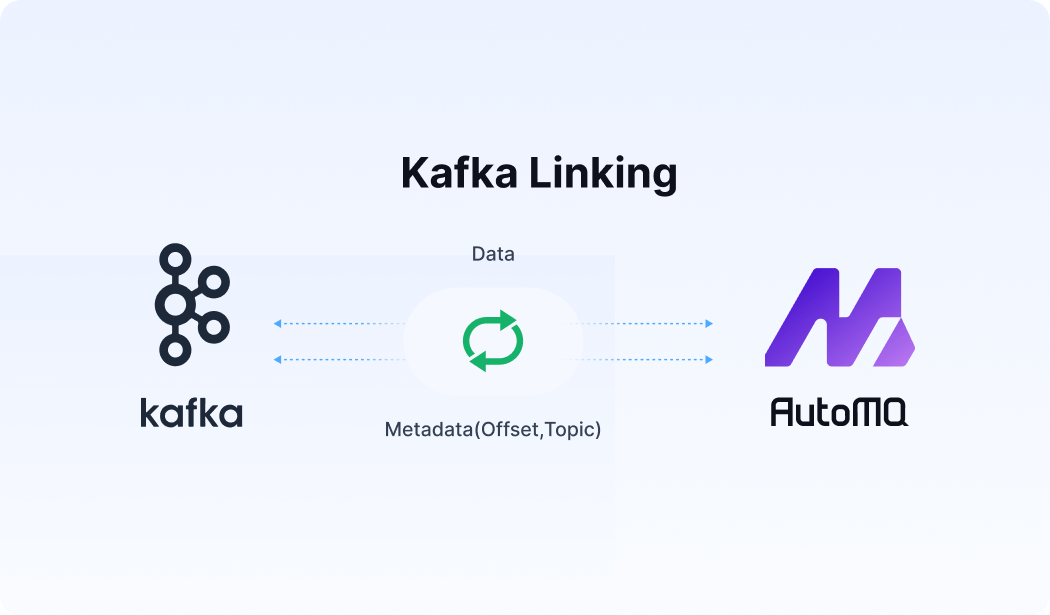




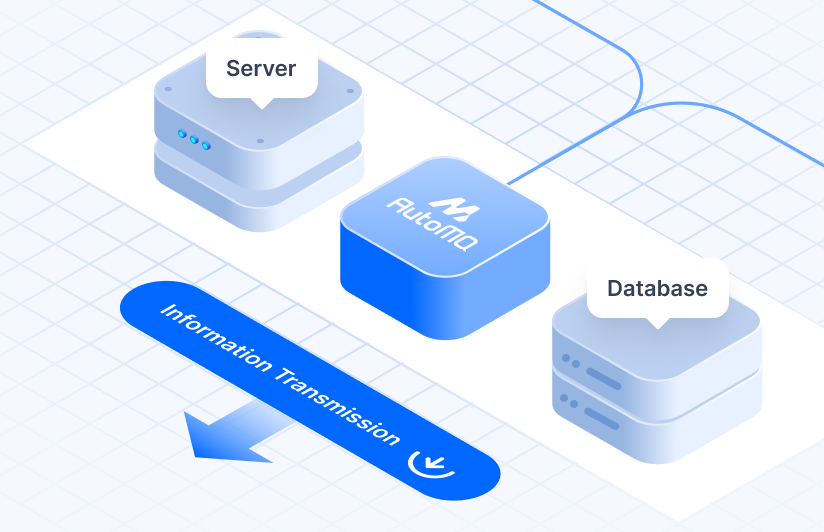
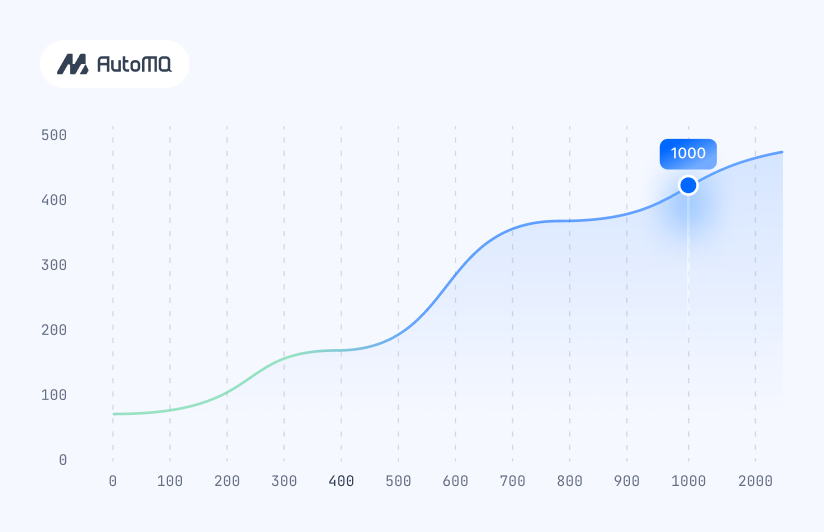


.png)
